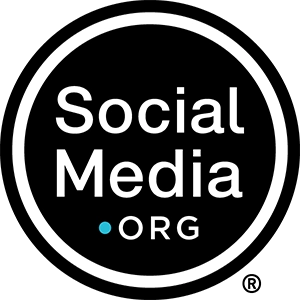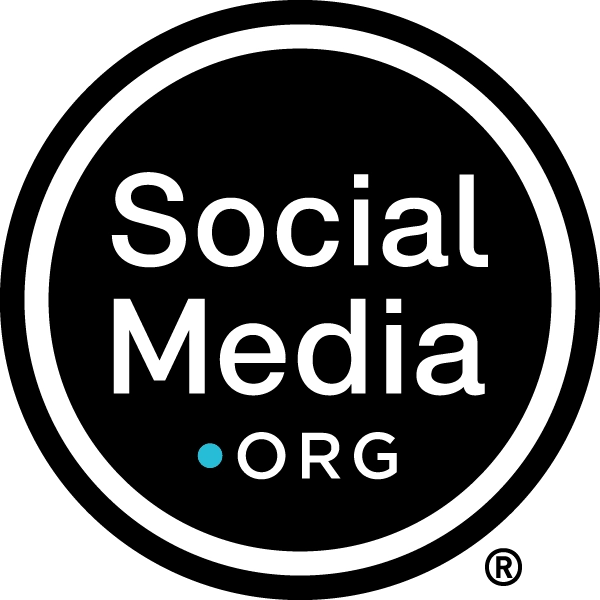Over the past few years, Ohio State University Wexner Medical Center Senior Social Media Manager Kelly McDonald and Senior Media Relations Manager Alexis Shaw have made it a priority to audit every social media account across the medical center.
Then, after the university released their new social media policy this past spring, Kelly and Alexis assisted in developing the process for an institution-wide social media audit as well.
The main goal of the initial audit was to search for and identify all of the various accounts associated with the medical center.
“We wanted to know what was active and inactive so we could be proactive about figuring out what to do with the inactive accounts before the university’s audit started,” Alexis said. “We did a lot of work to unpublish them or merge them with our main accounts to prepare.”
While they were helping the university do their institution-wide audit, Alexis and Kelly did a second audit of the medical center’s accounts to identify any accounts that might’ve popped up in the time since the original one ended.
“For the institution-wide audit, we had every account submit answers to a questionnaire by mid-July,” Kelly said. “We had over 1,600 accounts submitted across the institution.”
Social media audits are important — but are especially necessary within the healthcare industry, Kelly and Alexis said.
“We need to make sure we’re aware of anyone out there who is representing our brand,” Kelly said. “On the healthcare side, if people have accounts that haven’t been through the proper training, aren’t aware of specific HIPAA guidelines, or don’t know what to do when patients ask for medical advice on social, we need to identify them and make sure they’re aware of our policy.”
“From a marketing standpoint, many of the folks who run the accounts have limited time and resources to dedicate to social media,” Alexis said. “The audit gives us the opportunity to help those people be as effective as possible.”
As a large institution, Kelly said it was crucial to start the audit process by addressing where certain accounts fall within the institution.
They had to make sure they were familiar with the different departments and programs and where they sit within the organization.
“That way, we knew to provide the right outreach to each area, because we have different requirements in place for different programs,” she said.
For the institution-wide audit, the team leveraged a tool to identify accounts that use Ohio State University’s branding or trademarked images and flag them.
The university also maintains a list of approved accounts, so if they find an account that looks like it falls under the medical center but isn’t on their approved list, they can flag it. Then, Kelly and Alexis can identify whether it’s on their own radar already or not and start taking next steps from there.
Once they find an account they hadn’t been aware of, they reach out to the person running it.
The team either direct messages the page to ask for the administrator’s information, or they reach out to the marketing manager for the specific service line or area within the college the account would fall under.
“We ask them if they know who created the account,” Kelly said. “When we get in touch with whoever the admin is, we move ahead on pushing them through our normal application process to get the correct approval and training to be approved to have an institutional account.”
But, if they’ve tried every avenue to find out who the admin is and don’t receive a response, then they report the account to the social platform citing a misrepresentation of their brand — or they submit it to the tool they use to identify unapproved accounts, which will remove the account for them.
Kelly and Alexis used a similar process to help execute both the medical center and institution-wide audits.
“Things were a bit more automated on the university side,” said Kelly. “It was more deadline driven. Every account had to submit by a certain date. Whereas in the past, we had to manually search and discover accounts.”
The medical center’s social media audit produced some interesting findings and helped Kelly and Alexis understand what the admins could be doing to improve their social presence.
“Some people assumed using Facebook, Twitter, and Instagram would be a bit like free advertising,” Alexis said. “But their reach was too general. They weren’t able to actually target specific audiences and reach the people they were looking for.”
The audit provided the opportunity to better educate people across the hospital about what their social media goals and strategy should be — and how to tie that back to their overall business goals.
Once they receive the results from the institution-wide audit, Kelly and Alexis intend to continue doing them annually.
“We’re going to be proactive about it,” she said. “We’ll be looking at the branding of each page, how often they’re posting, what kind of success they’re having with their posts, how strategic their content is, who their audience is, what their goals are, and how they’re measuring success.”
Then, they’ll have 30 days to work with the social media leads — who are identified within each area of the university as the point person for their social pages — to address any red flags they may have found. “That way, when we do the audit again in July, we won’t be hitting any of the same roadblocks,” Kelly said.
According to Kelly and Alexis, the most important benefits of doing the audits have been around working with the admins of all the different accounts.
“One of the biggest benefits on our end has been creating more accountability for the admins,” Kelly said. “On the clinical side, they get excited and start posting consistently, but then other things get in the way, they get busier, and social falls by the wayside.”
She said the audits help keep people on their toes and motivate admins to make sure their accounts are successful and free of red flags. “It makes them more invested in the type of content they’re putting out if they know it’ll be analyzed,” said Kelly.
Alexis added the audit helps them get a reoccurring update on what exists in the digital space with the Ohio State University Wexner Medical Center name on it, and what their brand looks like beyond the pages they manage every day.
Kelly emphasized the importance of their relationships with the admins during the audit process and beyond.
For the institution-wide social media audit, those relationships became especially crucial, she said. “There are some colleges within the institution that have hundreds of accounts, and they don’t all necessarily know their unit social media lead very well,” said Kelly. “But we were meeting with people before the audit process even started, so most of them already knew who we were and were familiar with working with us.”
Due to those pre-existing relationships, the admins already had an idea of what their expectations were — and she and Alexis could position themselves as a partner to them. They also made sure to properly communicate changes in the social media policy, which helped the admins prepare ahead of time.
For other social media leaders at big hospitals looking to execute their first social media audit, Kelly and Alexis emphasized the importance of pushing through the process even though it can be time consuming.
“It’s a big undertaking,” Kelly said. “It’s very time consuming, but once you get through the first portion of identifying all the accounts, it makes it much easier down the line.”
Alexis explained once the initial audit is done, it can eventually become a seamless system year-over-year and will help maintain the hospital’s online reputation.
And, according to Kelly, the audit process can also help make people across the organization aware of social media policies and motivate them to be more proactive about their social presences.
“It seems like a huge task, but it’s not insurmountable,” she said. “Don’t be afraid to start and don’t give up.”

